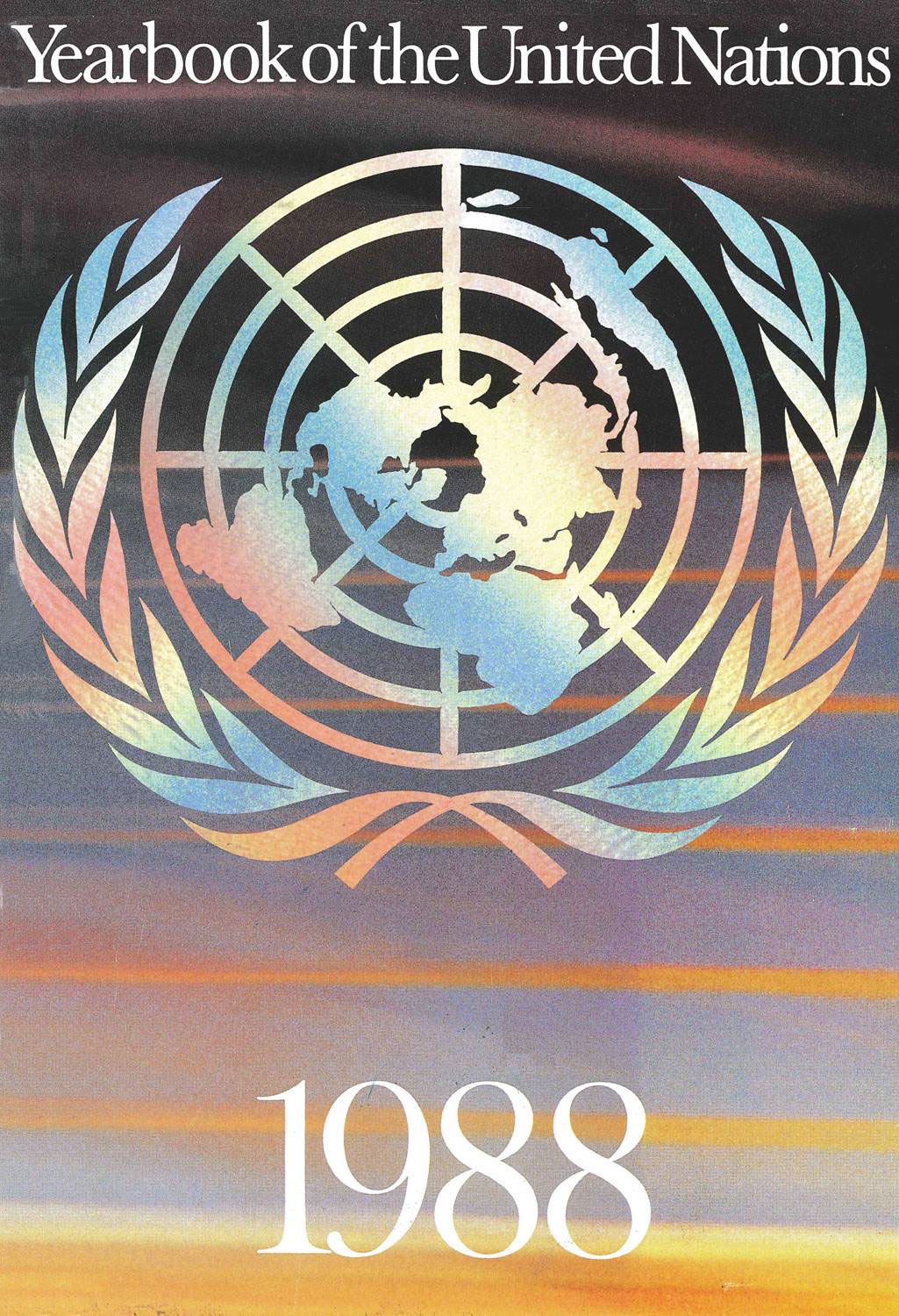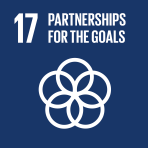Children, youth and ageing persons

- Author: United Nations
- Main Title: Yearbook of the United Nations 1988 , pp 640-657
- Publication Date: 12月 1988
- DOI: https://doi.org/10.18356/2569f428-en
- Language: 英語
During 1988, some 14 million children died in the developing countries, most of them from the effects of frequent infection and prolonged undernutrition. In an effort to reduce infant and child mortality and improve the quality of life for children, the United Nations Children’s Fund (UNICEF) continued to pursue its child survival and development strategy, which incorporated immunization and primary health-care programmes; activities to control diarrhoeal diseases through the use of oral rehydration therapy, safe water supply and improved sanitation; support for breastfeeding and growth monitoring, improved nutrition and food security; and efforts to provide basic urban services and meet the needs of children in especially difficult circumstances. Basic education, maternal health care and activities to improve the status of women in development were also among the crucial components of UNICEF’S strategy. During the year, UNICEF expended $400 million on programmes in 121 countries and territories, mostly in developing regions. At its 1988 session (18-29 April), the UNICEF Executive Board adopted 25 resolutions covering the full range of the Fund’s activities.
-
From This Site
/content/books/9789210601870s008-c014dcterms_title,dcterms_subject,pub_keyword-contentType:Journal -contentType:Contributor -contentType:Concept -contentType:Institution105


